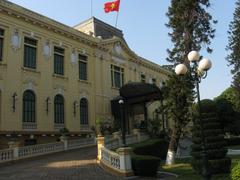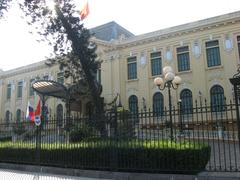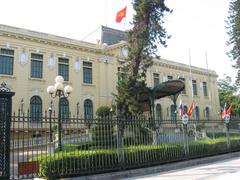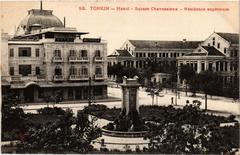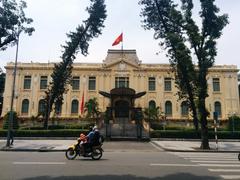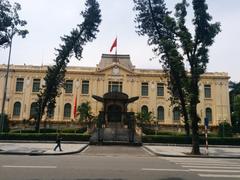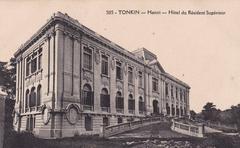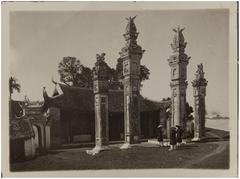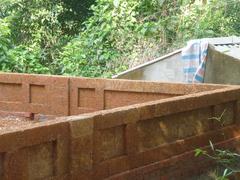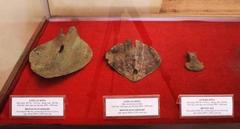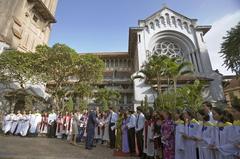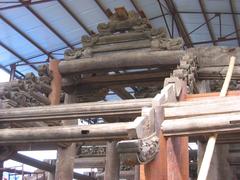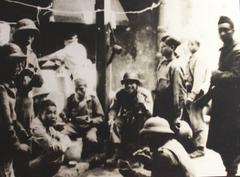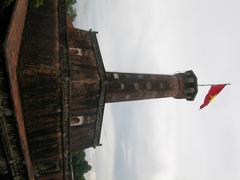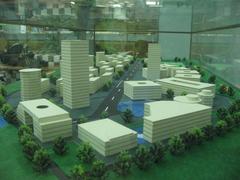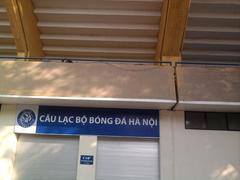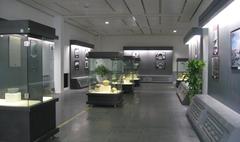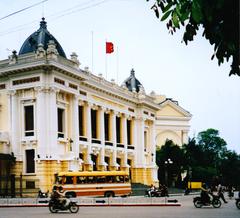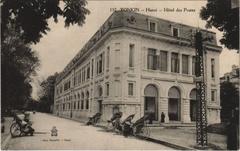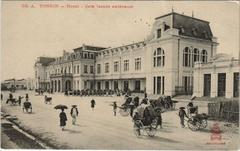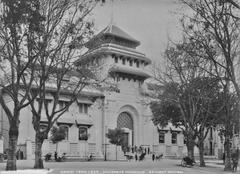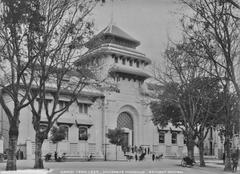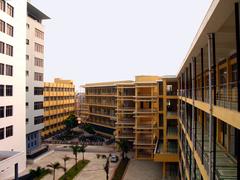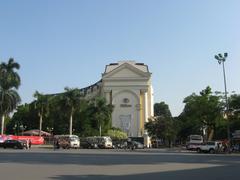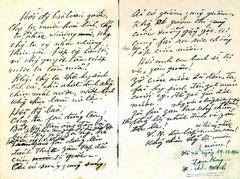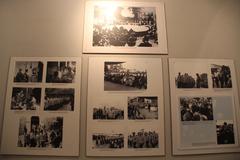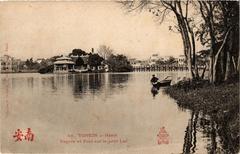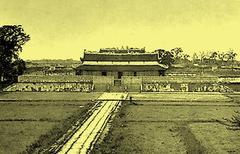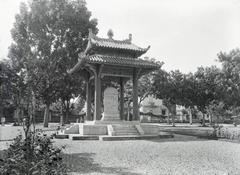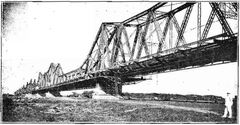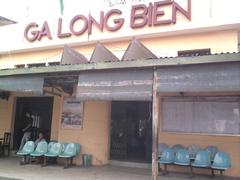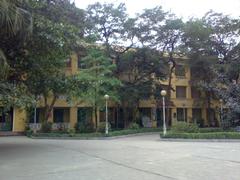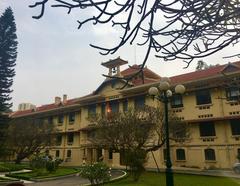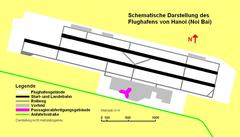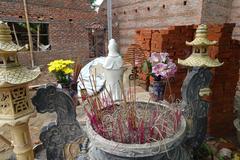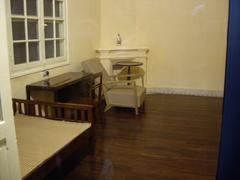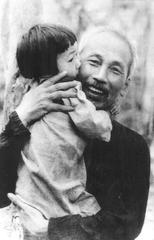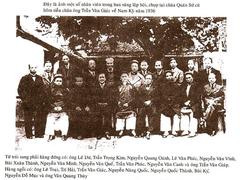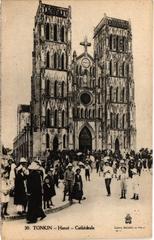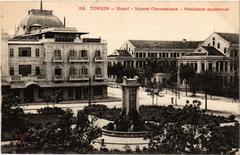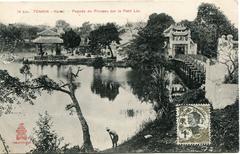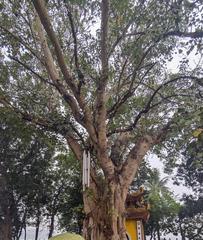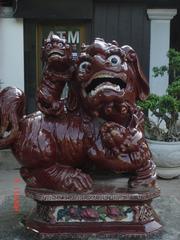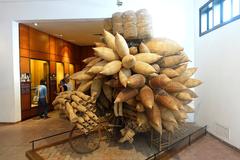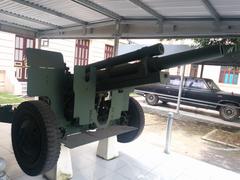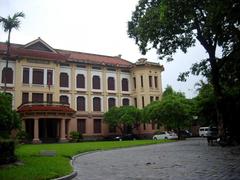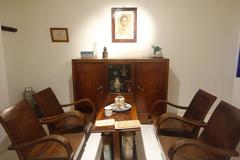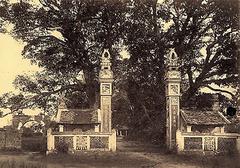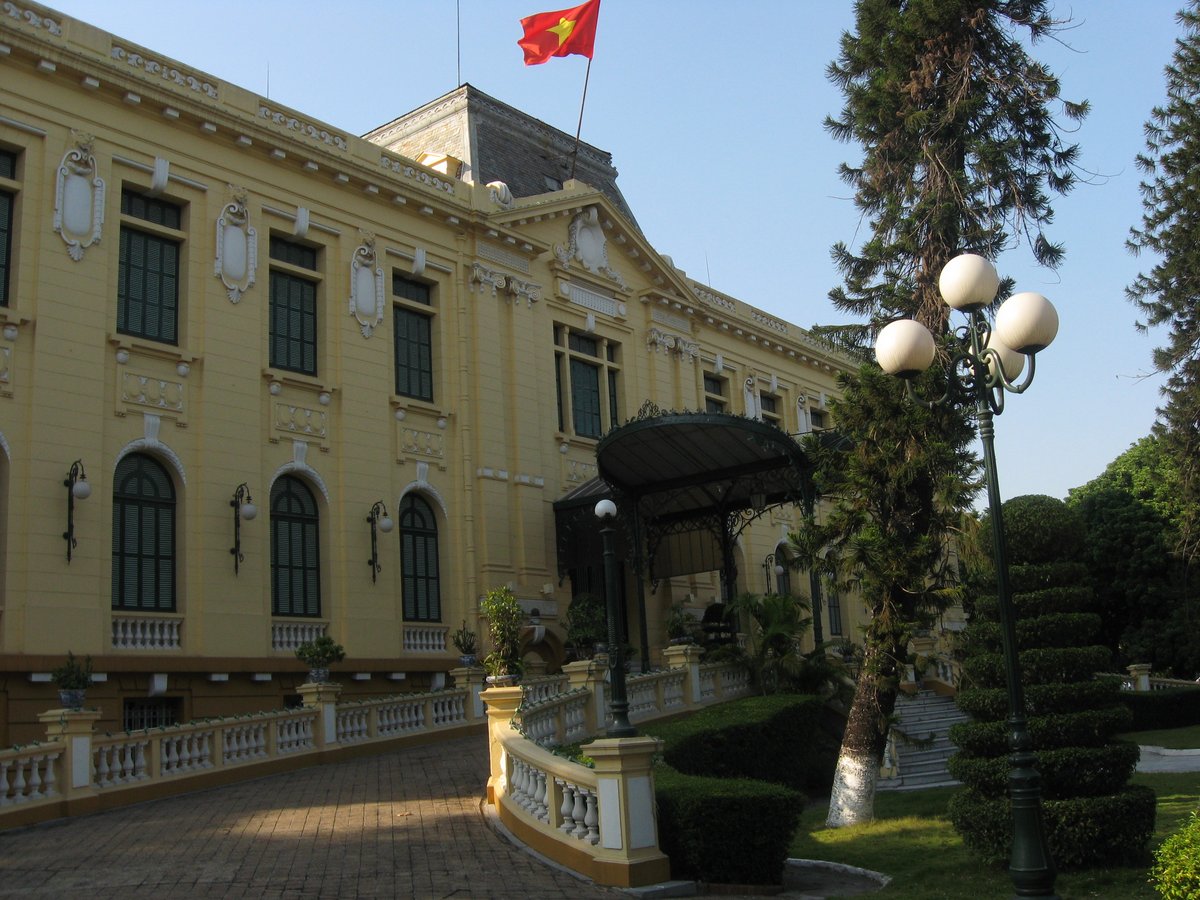
State Guest House Hanoi: Visiting Hours, Tickets, and Historical Sites Guide
Date: 14/06/2025
Introduction
Nestled in Hanoi’s historic French Quarter, the State Guest House stands as a monumental blend of French colonial grandeur and Vietnamese national heritage. Originally the residence of the French Governor of Tonkin in the early 20th century, it has since evolved into a prestigious venue for state functions and diplomatic events. Though its interiors remain off-limits to the public due to its governmental role, the building’s striking Beaux-Arts façade and lush gardens continue to captivate history enthusiasts, architecture lovers, and curious travelers alike. This comprehensive guide provides visitors with essential information on viewing the State Guest House, practical travel tips, nearby attractions, and the site’s enduring historical significance in Hanoi’s urban landscape (Rusty Compass; Nomads Travel Guide).
Article Overview
- Colonial Origins and Architectural Context
- Historical Functions and Evolution
- Architectural Features and Preservation
- Visitor Information: Hours, Tickets, and Accessibility
- Travel Tips for Exploring the French Quarter
- Nearby Historical Attractions
- Frequently Asked Questions (FAQ)
- Summary and Final Tips
- Sources and Further Reading
Colonial Origins and Architectural Context
The State Guest House, originally known as the Residential Palace of the Tonkin Governor, is a defining relic of French colonial rule in Vietnam. Constructed in the early 20th century, the residence was envisioned to symbolize French authority and modernity. It forms part of a broader ensemble of colonial-era landmarks in Hanoi’s French Quarter, including the Hanoi Opera House and the Museum of Vietnamese History. The French Quarter’s design—with its wide boulevards, leafy avenues, and concentration of Western-style civic buildings—was intended to imprint a European identity onto the city (Rusty Compass).
The building itself exemplifies Beaux-Arts and neoclassical architectural styles, featuring imposing symmetry, ornate detailing, and a grand presence that was meant to impress both local elites and international guests (Rusty Compass).
Historical Functions and Evolution
Colonial Era
Serving as the residence and administrative headquarters for the French Governor of Tonkin, the State Guest House was central to the colonial government’s operations. It hosted official receptions, diplomatic meetings, and ceremonial events. Its proximity to other key colonial institutions underscored its status within the administrative hierarchy, reinforcing French dominance in Indochina (Rusty Compass).
Post-1945 and Vietnamese Sovereignty
World War II and the August Revolution of 1945 marked a turning point. The building was repurposed by the revolutionary government, temporarily becoming the headquarters of the Democratic Republic of Vietnam. Although this phase was brief due to the return of French forces, it symbolically linked the palace to Vietnam’s struggle for independence (Rusty Compass).
Contemporary Use
After the French departed and with the reunification of Vietnam, the State Guest House retained its governmental role. Today, it is used for hosting foreign dignitaries and state events, maintaining its aura of authority and national prestige (Wanderlog). Its grounds also include later additions, such as a Soviet-era block, reflecting Hanoi’s multi-layered political history.
Architectural Features and Preservation
The State Guest House is renowned for its stately proportions, grand entrance, and decorative French colonial elements. Notable features include:
- Symmetrical façade with a central block and flanking wings
- Grand portico supported by classical columns
- Stucco and stonework for both visual appeal and durability
- Tall arched windows with wooden shutters for ventilation and protection from sunlight
- Decorative ironwork on balconies and gates
- Steep tiled roofs with ornamental cresting
The building is surrounded by manicured lawns and mature trees, creating a serene enclave within Hanoi’s busy urban core (Discovery Indochina). Efforts to preserve its architectural integrity have ensured that the State Guest House remains a well-maintained cultural asset (Rusty Compass).
Visitor Information: Hours, Tickets, and Accessibility
Visiting Hours
Due to its function as an active government facility, the State Guest House is not open for public interior tours. Visitors may view and photograph the exterior and gardens from public streets during daylight hours, generally from 8:00 AM to 6:00 PM (Nomads Travel Guide).
Ticket Information
There are no tickets required to view the State Guest House from outside. Access to the interior is strictly by official invitation only.
Accessibility
Located in the French Quarter, the building is easily accessible on foot, by taxi, or via public transport. Sidewalks are generally pedestrian-friendly, but there is no public access to the interior. The exterior viewing area is suitable for most visitors, though interior accessibility is restricted.
Travel Tips for Exploring the French Quarter
- Best Visiting Time: Early morning or late afternoon for optimal lighting and cooler temperatures.
- Guided Tours: Many walking tours of the French Quarter include the State Guest House as a highlight, providing historical insights and photo opportunities (Guide to Hanoi).
- Photography: The wide boulevard in front of the building offers excellent angles for capturing its architectural details. Be mindful not to photograph security staff or restricted areas.
- Etiquette: Dress modestly, avoid loitering near gates, and follow security personnel’s instructions.
Nearby Historical Attractions
Enhance your visit by exploring these notable sites within walking distance:
- Hanoi Opera House: A stunning French colonial theater.
- Museum of Vietnamese History: Rich collections tracing Vietnam’s past.
- Hoan Kiem Lake: Central Hanoi’s scenic park and cultural hub.
- Hoa Lo Prison Museum: Site offering insights into Vietnam’s colonial and wartime history.
Frequently Asked Questions (FAQ)
Can I go inside the State Guest House?
No, the interior is closed to the public due to its diplomatic and governmental function.
Are there public events or guided tours?
No regular events or tours are offered, but many city walking tours provide exterior commentary.
Is there an entrance fee?
No, viewing from the street is free.
Is the site accessible for people with disabilities?
The exterior sidewalks are accessible, but the building’s interior is not open to visitors.
Is photography allowed?
Exterior photography is permitted from public spaces, but avoid photographing security measures or personnel.
Summary and Final Tips
The State Guest House Hanoi encapsulates the city’s rich historical narrative, from colonial times through revolution and reunification, and stands today as a symbol of Vietnamese sovereignty and diplomacy. While interior access is restricted, the building’s exterior—set within the elegant French Quarter—offers visitors a tangible connection to Hanoi’s storied past. Combine a visit here with nearby historical attractions to experience the full depth of the city’s architectural and cultural heritage. Always respect the site’s official status and adhere to local regulations for a rewarding and respectful visit (Rusty Compass; The Diplomat).
For the latest updates on Hanoi historical sites, visiting hours, and cultural events, download the Audiala app and follow our social media channels.
Sources and Further Reading
- Rusty Compass, 2025, ‘Vietnam Travel Guide’
- Nomads Travel Guide, 2025, ‘State Guest House Hanoi’
- VnExpress, 2025, ‘Hanoi’s Must-See Attractions’
- Discovery Indochina, 2025, ‘Hanoi’s Colonial Architecture Walking Tour’
- Guide to Hanoi, 2025, ‘Historical Monuments: State Guest House’
- The Diplomat, 2025, ‘50 Years After the War: Vietnam’s Greatest Challenge’
- Rusty Compass, 2025, ‘Hanoi’s Architectural Heritage: A Travel Guide in Photos’
For additional travel tips, see:
